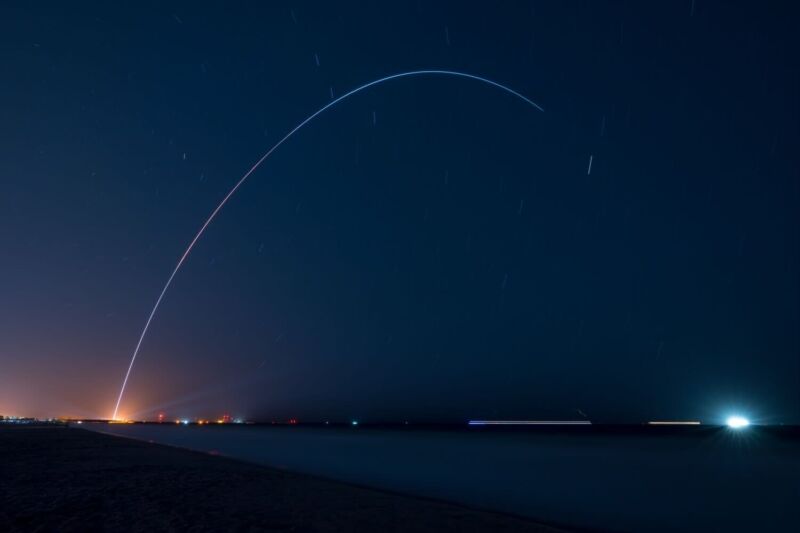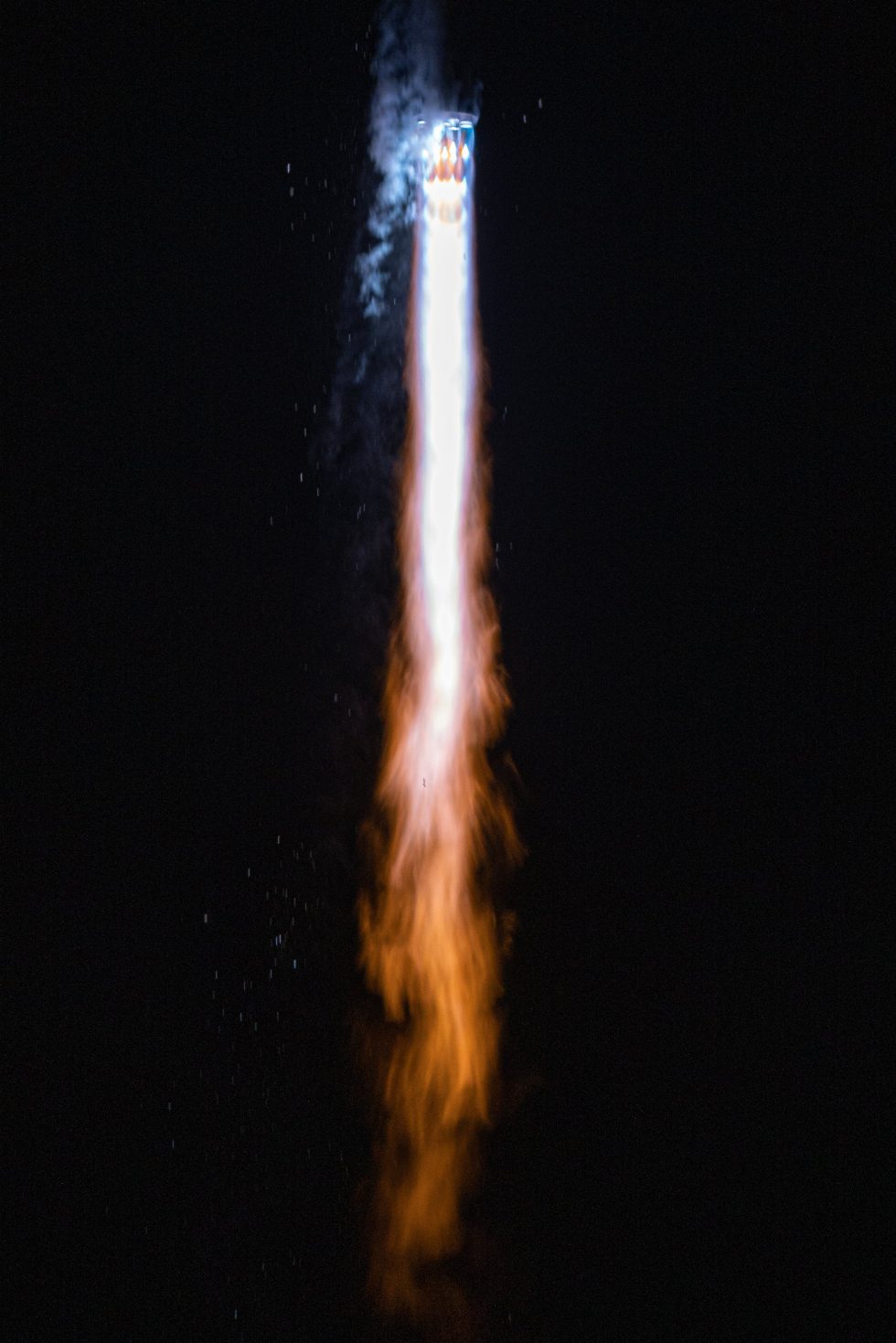
The shiny white Terran 1 rocket launched on its third attempt Wednesday night, lifting off from Florida's Cape Canaveral Space Force Station.
The small, methane-fueled rocket then produced some stunning views as a blueish-green flame powered it toward space against the blackness of night. The first stage, with nine engines, appeared to perform nominally as it rose smoothly through the atmosphere, firing for more than two minutes. Then the rocket's second stage successfully separated.
After this, something happened. From the video on board the rocket, it appeared the second-stage engine attempted to ignite but could not sustain this ignition. So far the company has not stated precisely what went wrong, be it a problem with one of the propellant pumps, injectors, or igniter system. Regardless, the second stage—which carried no payload due to the experimental nature of the test flight—fell back into the Atlantic Ocean.
Following the flight, Relativity posted a statement on Twitter characterizing the mission as a success due to the rocket's passage through the area of maximum dynamic pressure during its flight profile.
"Today’s launch proved Relativity’s 3D-printed rocket technologies that will enable our next vehicle, Terran R," the company stated. "We successfully made it through Max-Q, the highest stress state on our printed structures. This is the biggest proof point for our novel additive manufacturing approach. Today is a huge win, with many historic firsts. We also progressed through main engine cutoff and stage separation. We will assess flight data and provide public updates over the coming days."
It is proper to characterize Wednesday's launch as a success. Of the new era of commercially developed small launch vehicles, the Terran 1 rocket made it further on its debut flight than Astra, Virgin Orbit, Firefly, and ABL Space Systems. Only Rocket Lab, with the debut of its smaller Electron rocket in 2017, had a more successful initial flight. In producing a rocket with about 85 percent additively manufactured material, Relativity has flown with a substantially new manufacturing process.
The extent to which Wednesday's launch validated the additively manufactured structure of the Terran 1 rocket will need to be assessed with data from the flight—was it a close call, or was the structure genuinely robust? This information will likely help determine how much of Terran R is produced through 3D-printed technology. 
Another big question about Relativity's future is how quickly the company pivots away from the Terran 1, with a payload capacity of 1.25 metric tons to low-Earth orbit, to the much larger Terran R vehicle. Prior to this launch, Relativity CEO Tim Ellis has only committed to flying the Terran 1 rocket one more time. However, the company's statement—speaking of enabling "our next vehicle"—indicates that Relativity may be ready to move on to Terran R immediately.
Whatever Relativity Space ultimately decides, it will be able to press forward with those plans with a lot of confidence after Wednesday night's flight.
reader comments
238